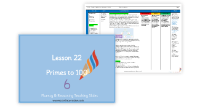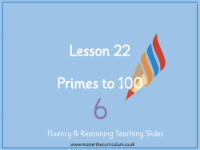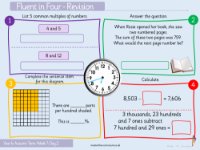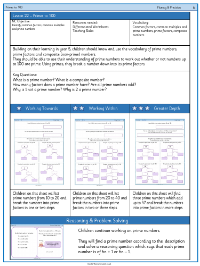Addition, Subtraction, Multiplication and Division - Primes to 100 - Planning
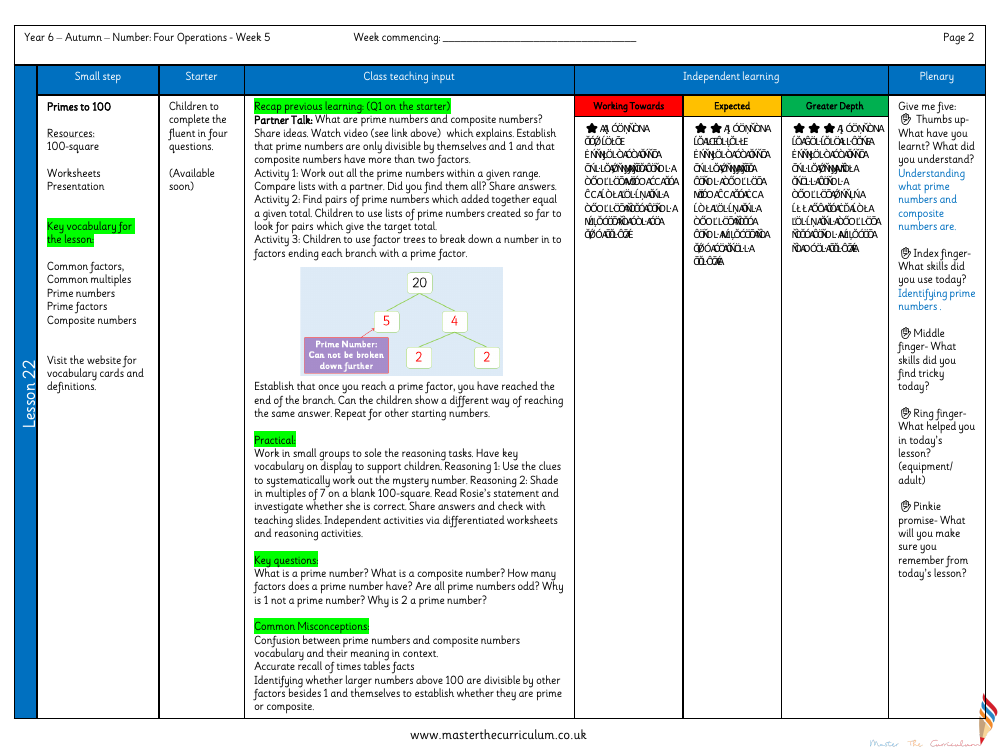
Maths Resource Description
In the Year 6 curriculum, during the Autumn term's fifth week, students delve into the realm of prime numbers through a series of engaging activities. The lesson, 'Primes to 100', utilises resources such as a 100-square, worksheets, and a presentation to facilitate learning. The key vocabulary includes terms such as common factors, common multiples, prime numbers, prime factors, and composite numbers. Students begin by refreshing their understanding of prime and composite numbers through discussion and a video explanation, establishing that prime numbers have only two factors: one and themselves, while composite numbers have additional factors.
The class then embarks on a sequence of activities designed to solidify their grasp of prime numbers. The first activity challenges students to identify all prime numbers within a specified range, encouraging collaboration and comparison of findings with peers. Next, they search for pairs of prime numbers that sum to a given total, using their previously compiled lists. The third activity introduces factor trees, where students decompose numbers into their prime factors, understanding that a branch ends once a prime factor is reached. They are encouraged to explore alternative factorisation methods for the same number. Practical reasoning tasks are tackled in small groups, with key vocabulary displayed for support. These tasks involve systematic problem-solving and investigation of mathematical statements, with differentiated worksheets available for independent work. Throughout the lesson, key questions prompt students to think critically about the nature of prime numbers, addressing common misconceptions and reinforcing their times tables knowledge. The lesson concludes with a 'Give me five' reflection, where students consider what they've learned, the skills they've employed, and the importance of understanding prime and composite numbers.
